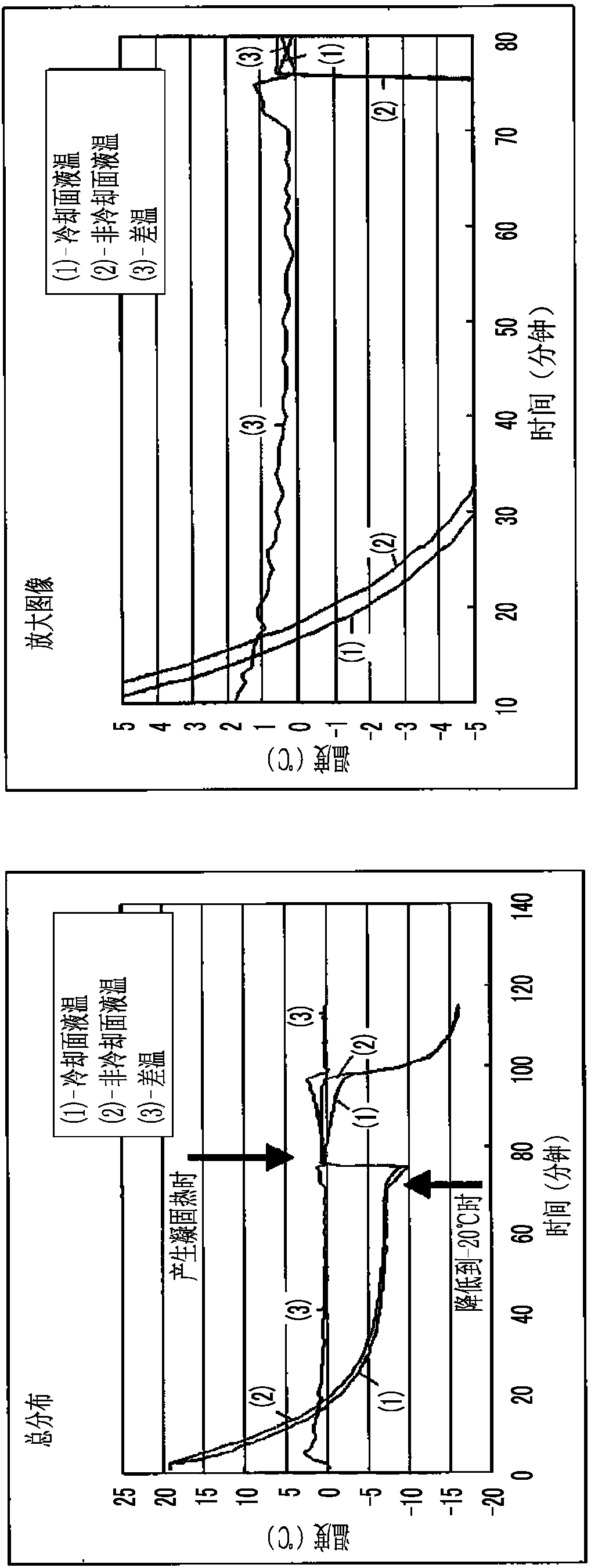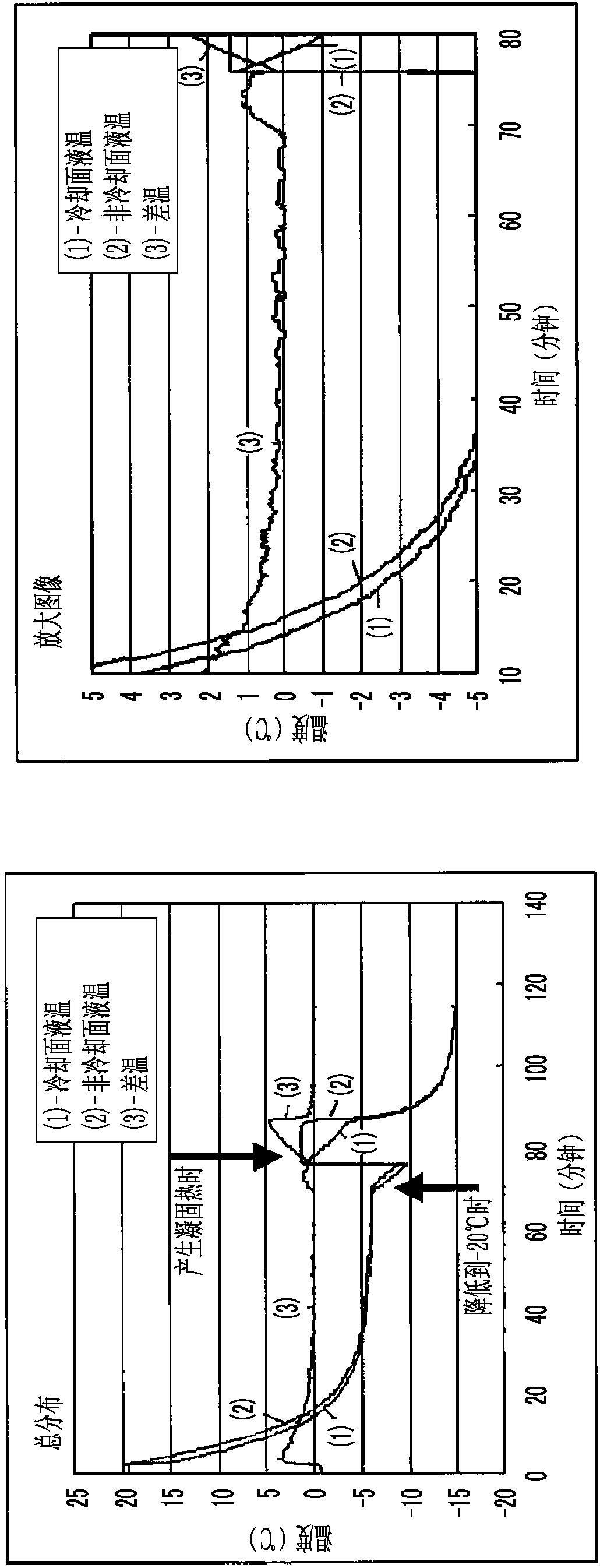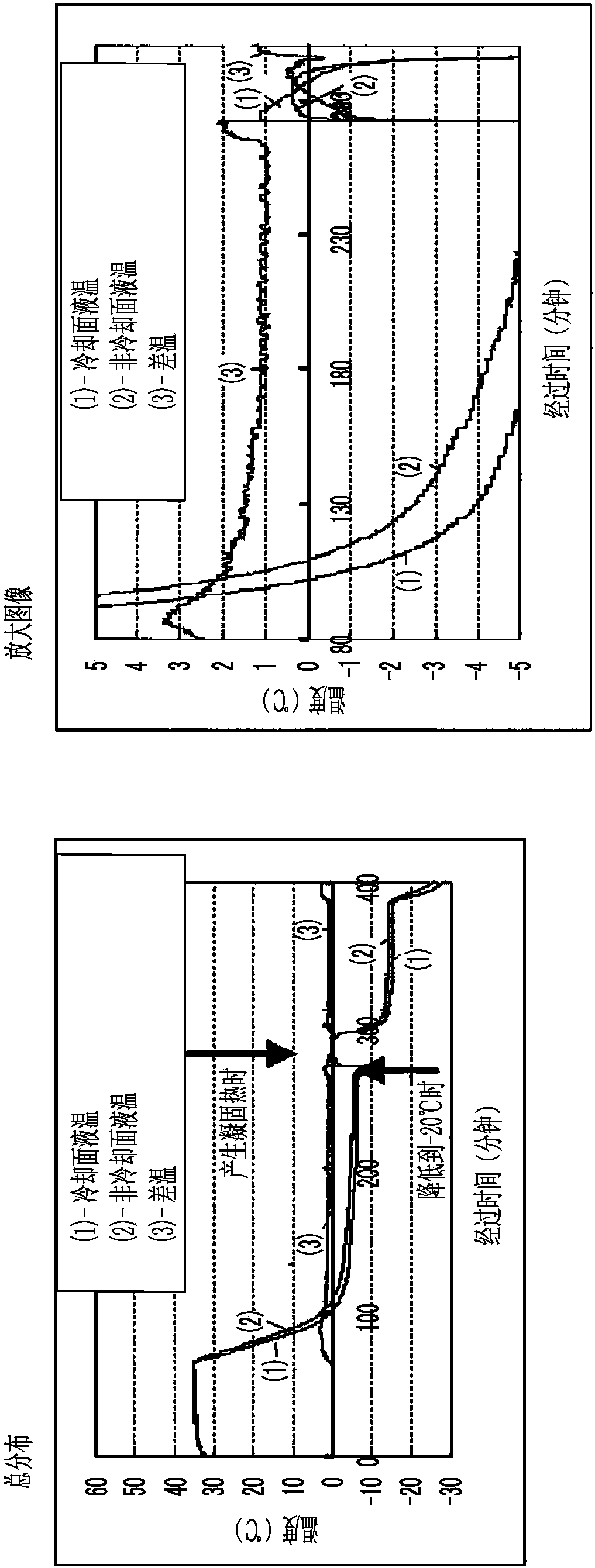Cell structure, non-human model animal, method for producing non-human model animal, and method for evaluating test substance
A technology of model animals and non-human animals, applied in biochemical equipment and methods, cell culture supports/coatings, animal cells, etc., can solve problems such as unsuitable cancer treatment drugs, insufficient growth of interstitial tissues, etc., to achieve The effect of effective evaluation
- Summary
- Abstract
- Description
- Claims
- Application Information
AI Technical Summary
Problems solved by technology
Method used
Image
Examples
Embodiment 1
[0179] [Example 1] Recombinant peptide (recombinant gelatin)
[0180] The following CBE3 (described in International Publication WO2008 / 103041 A) was prepared as a recombinant peptide (recombinant gelatin).
[0181] CBE3:
[0182] Molecular weight: 51.6kD
[0183] Structure: GAP[(GXY) 63 ] 3 G
[0184] Number of amino acids: 571
[0185] RGD sequence: 12
[0186] Imino acid content: 33%
[0187] Approximately 100% of the amino acids are GXY repeat structures. The amino acid sequence of CBE3 does not contain serine, threonine, asparagine, tyrosine and cysteine. CBE3 has an ERGD sequence.
[0188] Isoelectric point: 9.34
[0189] GRAVY value: -0.682
[0190] 1 / IOB value: 0.323
[0191] Amino acid sequence (SEQ ID NO. 1 in Sequence Listing) (same as ID No. 3 of International Publication WO2008 / 103041. However, the X at the end is corrected to "P")
[0192] gaps
[0193] (GAPGLQGAPGLQGMPGERGAAGLPGPKGERGDAGPKGADGAPGAPGLQGMPGERGAAGLPGPKGERGDAGPKGADGAPGKDGVRGLAGPIGPPGER...
Embodiment 2
[0194] [Example 2] Production of recombinant peptide porous body
[0195] [PTFE thick / cylindrical container]
[0196] A cylindrical cup-shaped container made of polytetrafluoroethylene (PTFE) with a bottom thickness of 3 mm, a diameter of 51 mm, a side thickness of 8 mm, and a height of 25 mm was prepared. In the cylindrical cup, when the curved surface is used as the side surface, the side surface is sealed with 8mm PTFE, and the bottom surface (flat plate circle) is also sealed with 3mm PTFE. On the other hand, the top is in an open shape. Therefore, the inner diameter of the cylindrical cup becomes 43 mm. Hereinafter, this container is referred to as a PTFE thick / cylindrical container.
[0197] [Aluminum alloy glass plate / cylindrical container]
[0198] A cylindrical cup-shaped container made of aluminum alloy with a thickness of 1 mm and a diameter of 47 mm was prepared. In the cylindrical cup, when the curved surface is used as the side surface, the side surface is s...
Embodiment 3
[0224] [Example 3] Production of biocompatible polymer block (pulverization and crosslinking of porous body)
[0225]The CBE3 porous bodies of condition A and condition B obtained in Example 2 were pulverized using a new power mill (OSAKA CHEMICAL Co., Ltd., new power mill PM-2005). Regarding the pulverization, the pulverization was performed for a total of 5 minutes at the maximum rotation speed 1 minute x 5 times. The obtained pulverized product was sized by a stainless steel sieve to obtain uncrosslinked block materials of 25 to 53 μm, 53 to 106 μm, and 106 to 180 μm. Then, thermal cross-linking was performed at 160°C under reduced pressure (6 cross-linking times of 8 hours, 16 hours, 24 hours, 48 hours, 72 hours, and 96 hours) to obtain a biocompatible polymer block (CBE3 block).
[0226] Hereinafter, the porous body-derived block under condition A crosslinked for 48 hours is referred to as E, and the porous body-derived block under condition B crosslinked for 48 hours...
PUM
| Property | Measurement | Unit |
|---|---|---|
| thickness | aaaaa | aaaaa |
| diameter | aaaaa | aaaaa |
| diameter | aaaaa | aaaaa |
Abstract
Description
Claims
Application Information
 Login to View More
Login to View More - R&D
- Intellectual Property
- Life Sciences
- Materials
- Tech Scout
- Unparalleled Data Quality
- Higher Quality Content
- 60% Fewer Hallucinations
Browse by: Latest US Patents, China's latest patents, Technical Efficacy Thesaurus, Application Domain, Technology Topic, Popular Technical Reports.
© 2025 PatSnap. All rights reserved.Legal|Privacy policy|Modern Slavery Act Transparency Statement|Sitemap|About US| Contact US: help@patsnap.com



